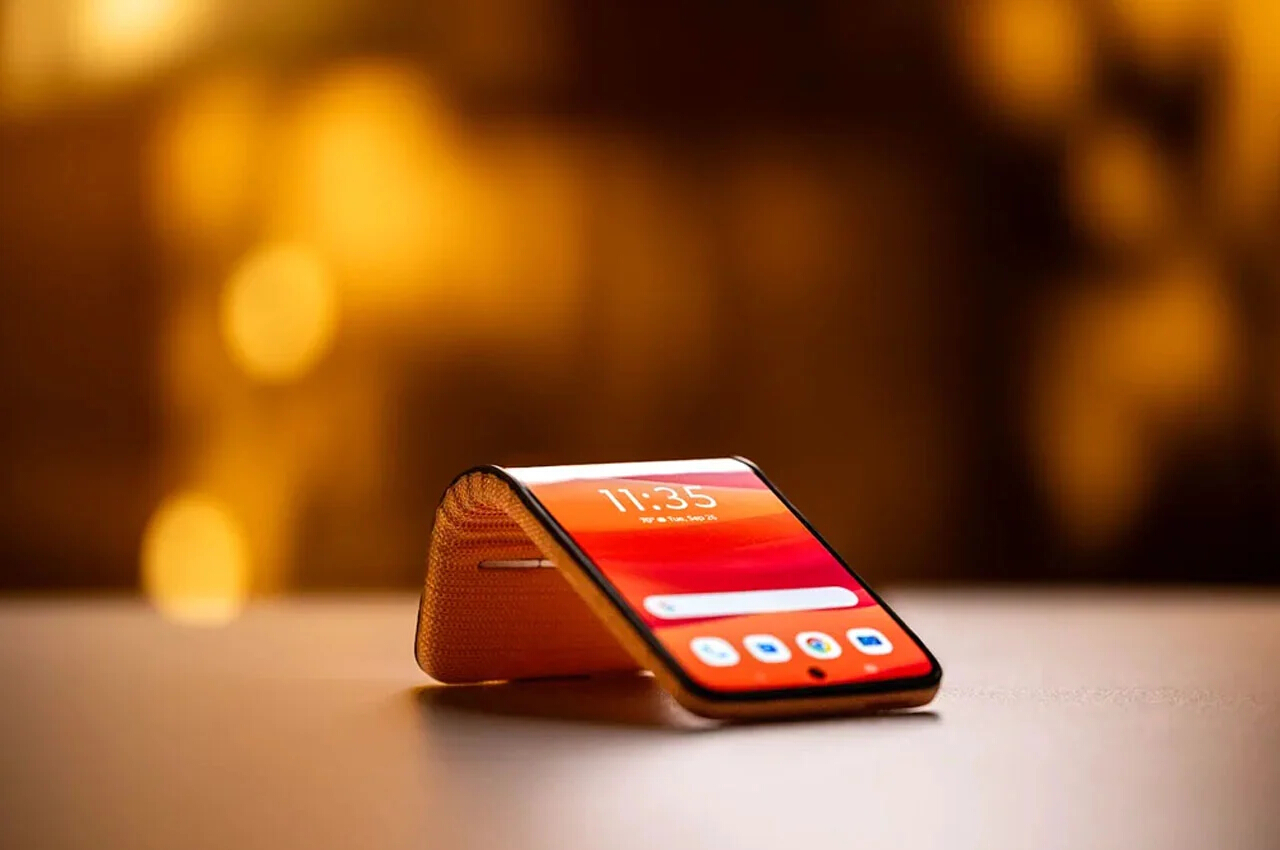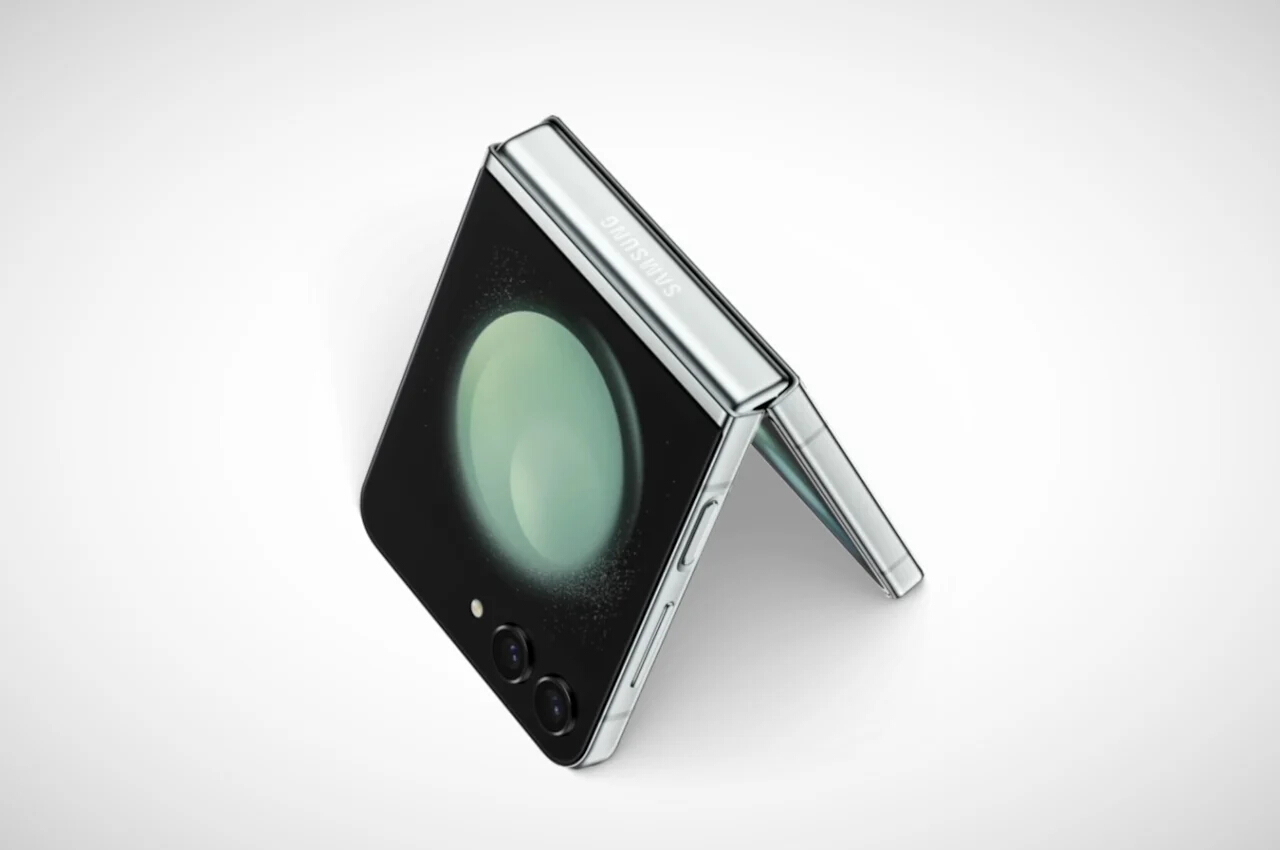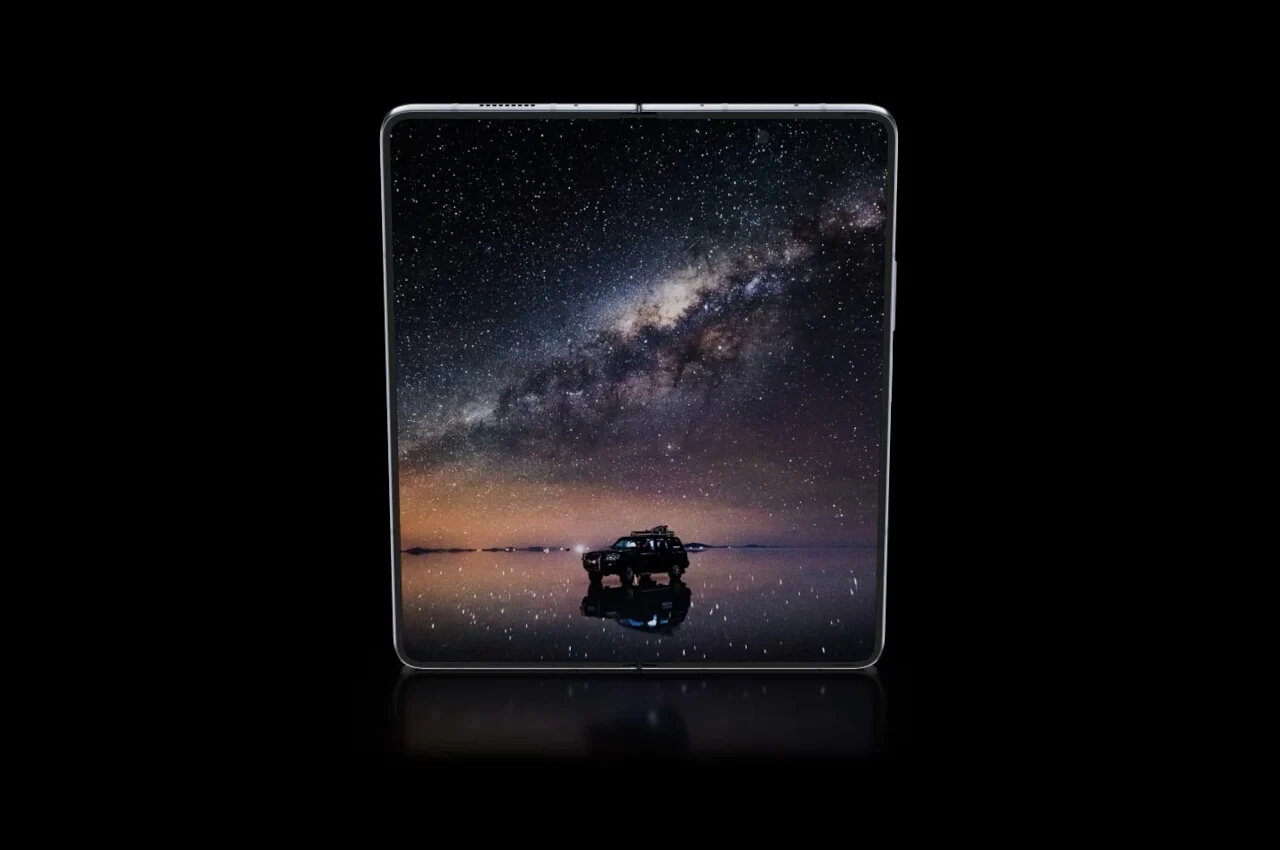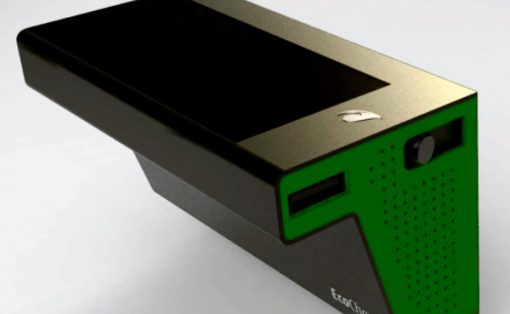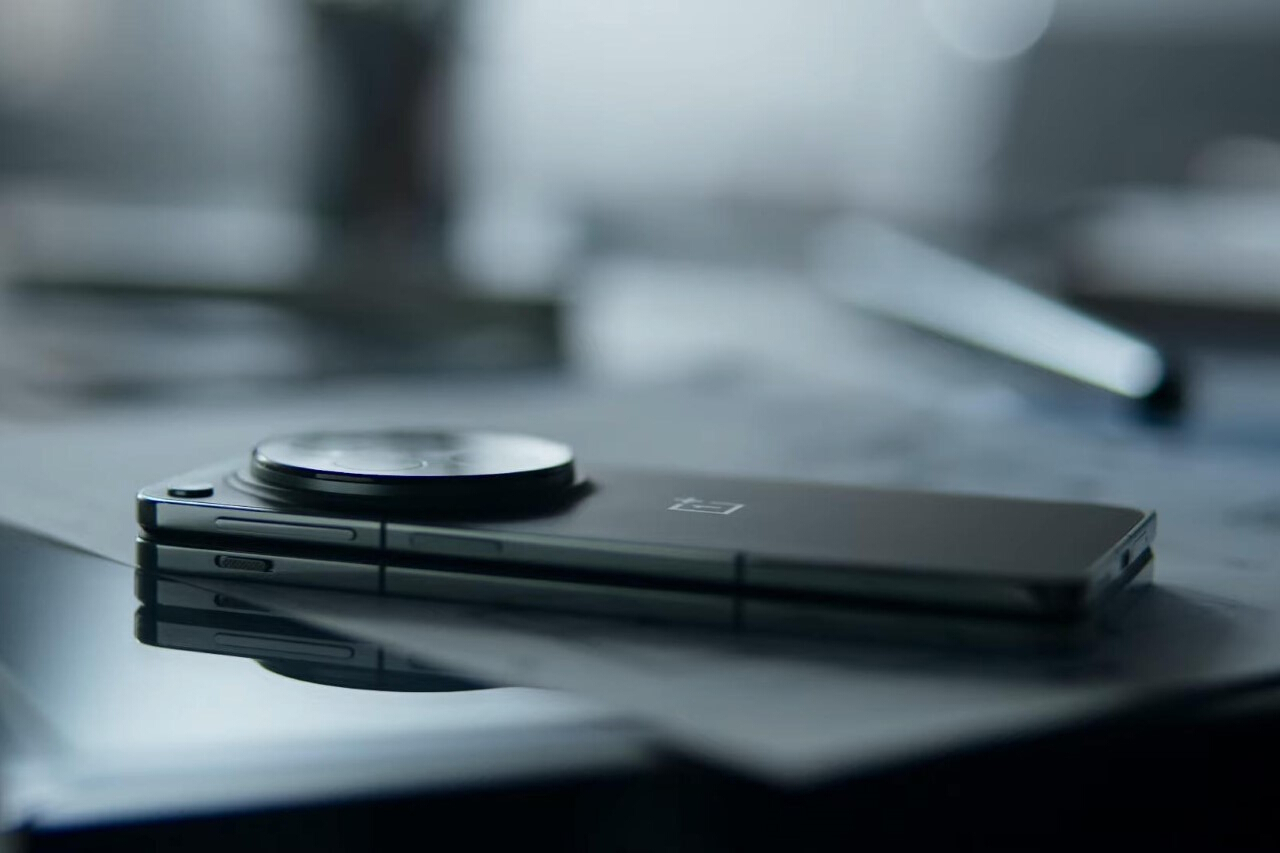
September and October are the two most important months for annual smartphone releases. The window between Q3 and Q4, when holiday season hype normally builds to a zenith ahead of the holiday shopping season, is also when plenty of new smartphones and accessories stream out of the woodwork (er, metalwork) and into consumers’ hands.
In October of 2023, we got the iPhone 15 (and its variants), which will compete against Samsung for the S-tier smartphone title belt into 2024, though it’s unclear how things’ll shake out once the S24 arrives. The Google Pixel 8 released too, and so did the OnePlus Open foldable phone, and those are the ones at the top of my mind. They also didn’t do all that much differently from their earlier counterparts, and in some cases, the biggest upgrades of 2023 did more harm than good for their disgruntled users.
Even if you haven’t been following phones at all, the entire smartphone industry must seem so boring right now. It’s totally boring, right? I gotta say, if the only major prospects for next year’s biggest refreshes are thinner bezels, better battery life, more integrated AI features, and a slightly bigger screen — especially when inflation pushed 2023’s few notable upgrades well beyond the $1,000 price mark — I’ll be yawning the whole way to the ATM. For the average user, there’s no reason to care right now.
The smartphone industry is shrinking
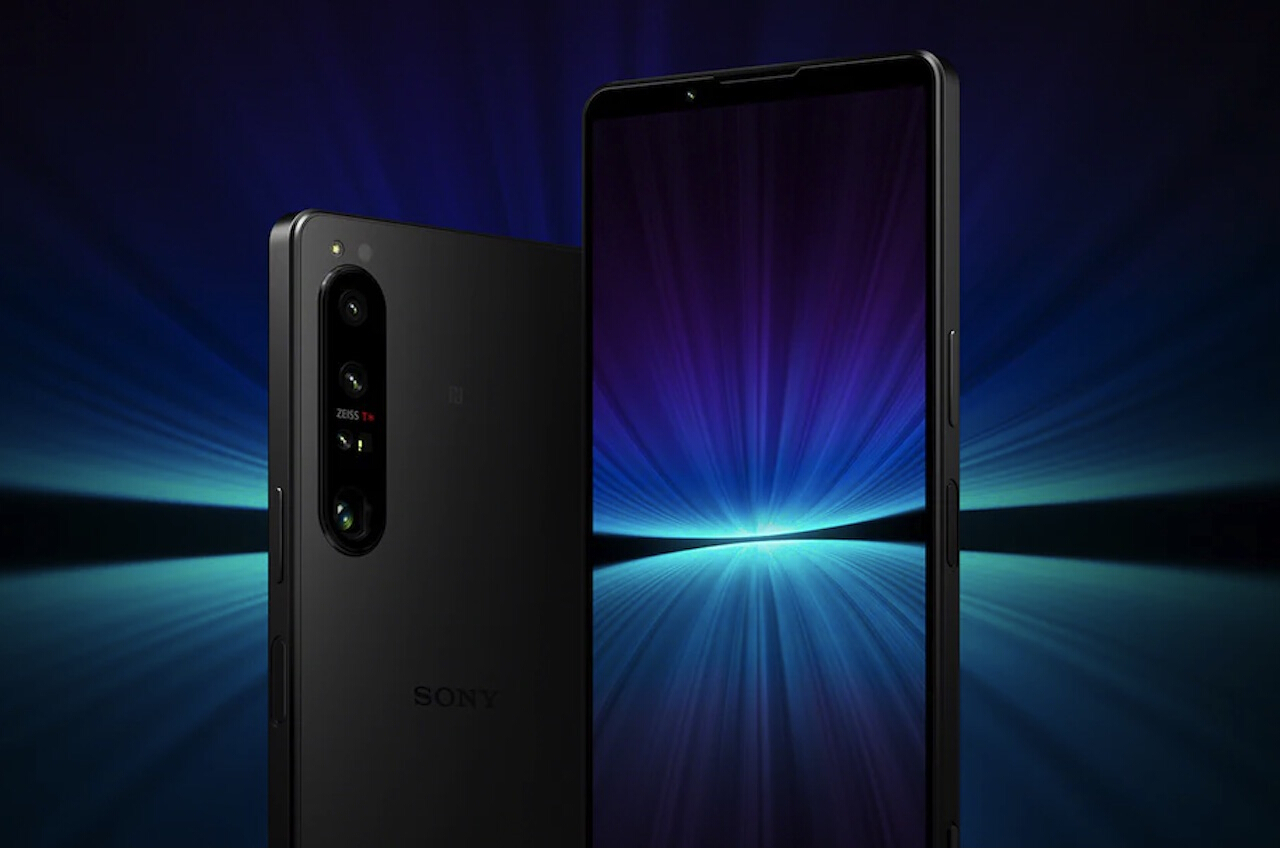
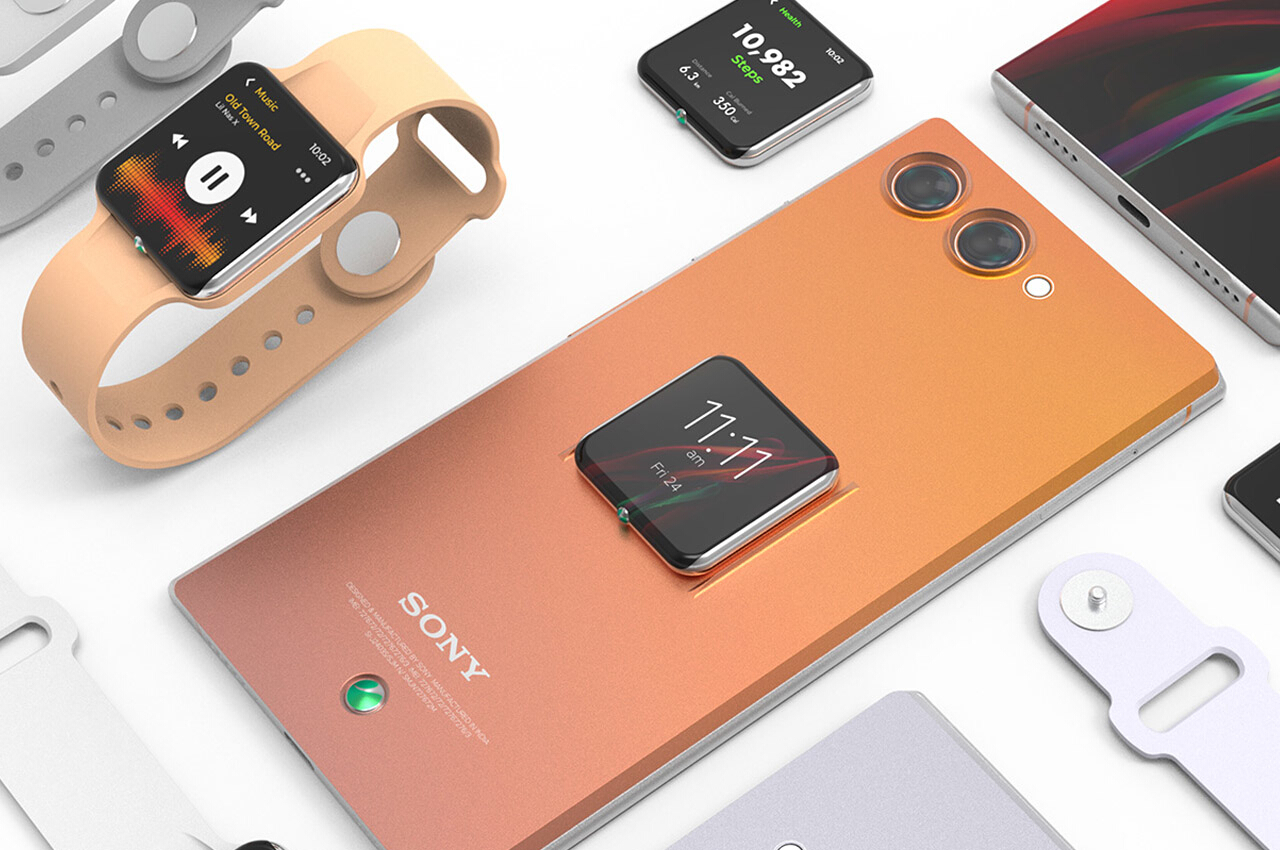
Back in the mid 2010s, when I worked the retail sales beat (I sold smartphones at department stores for minimum wage) there were way too many big releases to get a grip on. Back then, I perceived the wide range of smartphones as a negative, being a compulsory iPhone owner who didn’t care about the stuff Android or Windows (remember those?) phones could do. In that state of mind, I wasn’t able to appreciate things like Samsung’s early implementation of NFC, or even the advent of HD OLED displays — appearing in HTC, Samsung, and LG phones years before I ever held an iPhone XS in my own two hands.
Alas, those days are long gone. Neither LG nor HTC make phones these days (at least, not nearly at the same momentum in HTC’s case), and it’s fair to say the industry is gradually losing its biggest innovators. Sure, we still have OPPO, Motorola, OnePlus, Xiaomi, ASUS, Sony, Vivo, and so forth — and they definitely still come up with new ideas, but none of them regularly capture the same momentum these days. It doesn’t help that everything is getting more expensive, and the newest iPhone has somehow become the most cost-effective buy. Experimenting with the competition is no longer nearly as viable, and it’s rare to find a balance of affordability and high quality outside of the few established product lines.
For example, Sony’s flagship phone, the Sony Xperia 1 V, is known for its standout sound quality and buttery-smooth display, but it hardly competes with the iPhone 15 Pro Max or the Samsung S23 Ultra, and it’s a whopping $1,400 to get one at retail value. That makes it the most expensive of the three. Still, there’s some sliver of hope it’ll drop over time; we noted the previous model, the Xperia 1 IV, costed a whole $200 more in 2022. That’s still not great cost-performance, and unless you want the few benefits afforded by Sony’s mostly familiar design, the question hangs: why not just buy an iPhone or a Samsung Galaxy phone?
Great ideas; not so great execution (yet)
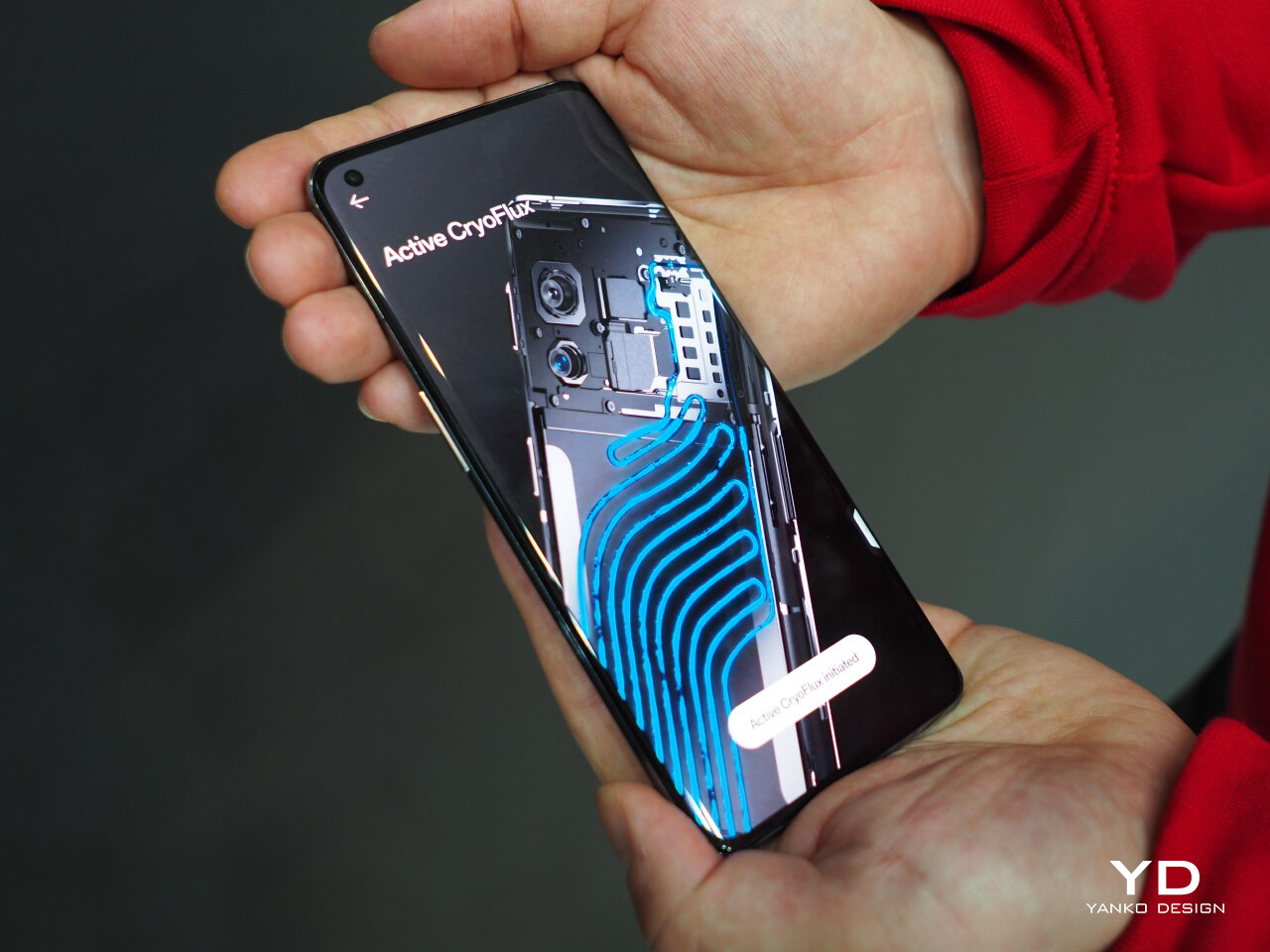
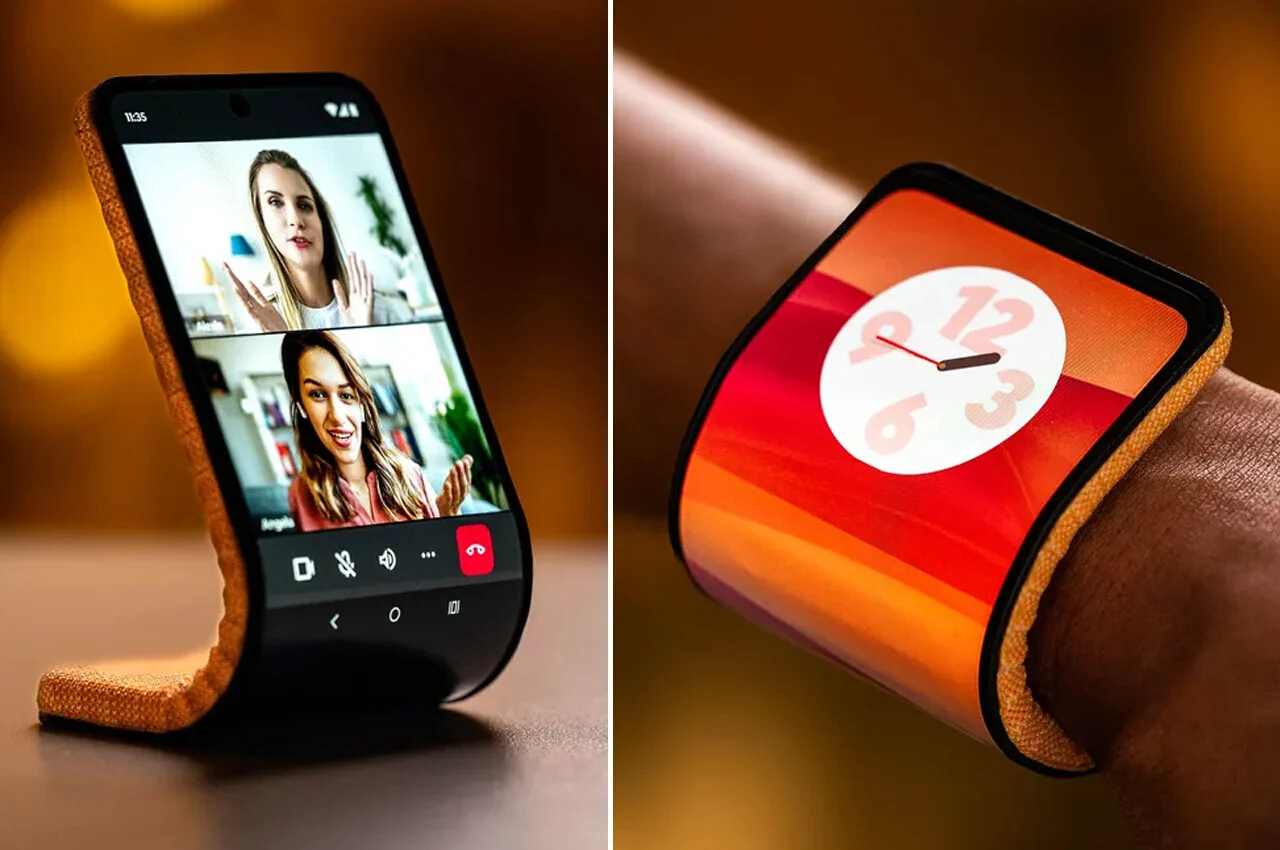
I’m not saying there’s no innovation in the smartphone industry whatsoever. However, I am saying the handful of big ideas that sprang up in 2023 which made me stop and go “hey, that’s a cool idea!” are in their nascent phase, and though it’s reasonable they could catch on in the future due to their utility, I don’t know if a market exists for them right now.
Take Motorola’s rollable phone concept, for instance. This phone design wraps around your wrist like a watch, which seems like it could be an interesting replacement for a smartwatch in the future — perhaps, combining the functionality of a smartphone with the portability and ease-of-access of a smartwatch. It also looks clunkier than one of those giant wrist-mounted Pip-Boy computers from Fallout, and for a product that’s expected to cost a lot of money and compete with the iPhone, clunky is not a great look.
And then there’s the OnePlus 11 Concept, which has a built-in Active CryoFlux liquid cooling system. That’s a first! We liked this idea enough to award it a spot on our Best of MWC 2023 list, and it is definitely cool in theory — pun intended — but the question remains of how the compact cooling system is going to work its way into tangible benefits for the end user. Right now, it only equates to an average boost of 3 or 4 frames per second, and that’s really not enough to justify running out and buying a new phone for.
Folding phones are a big question mark
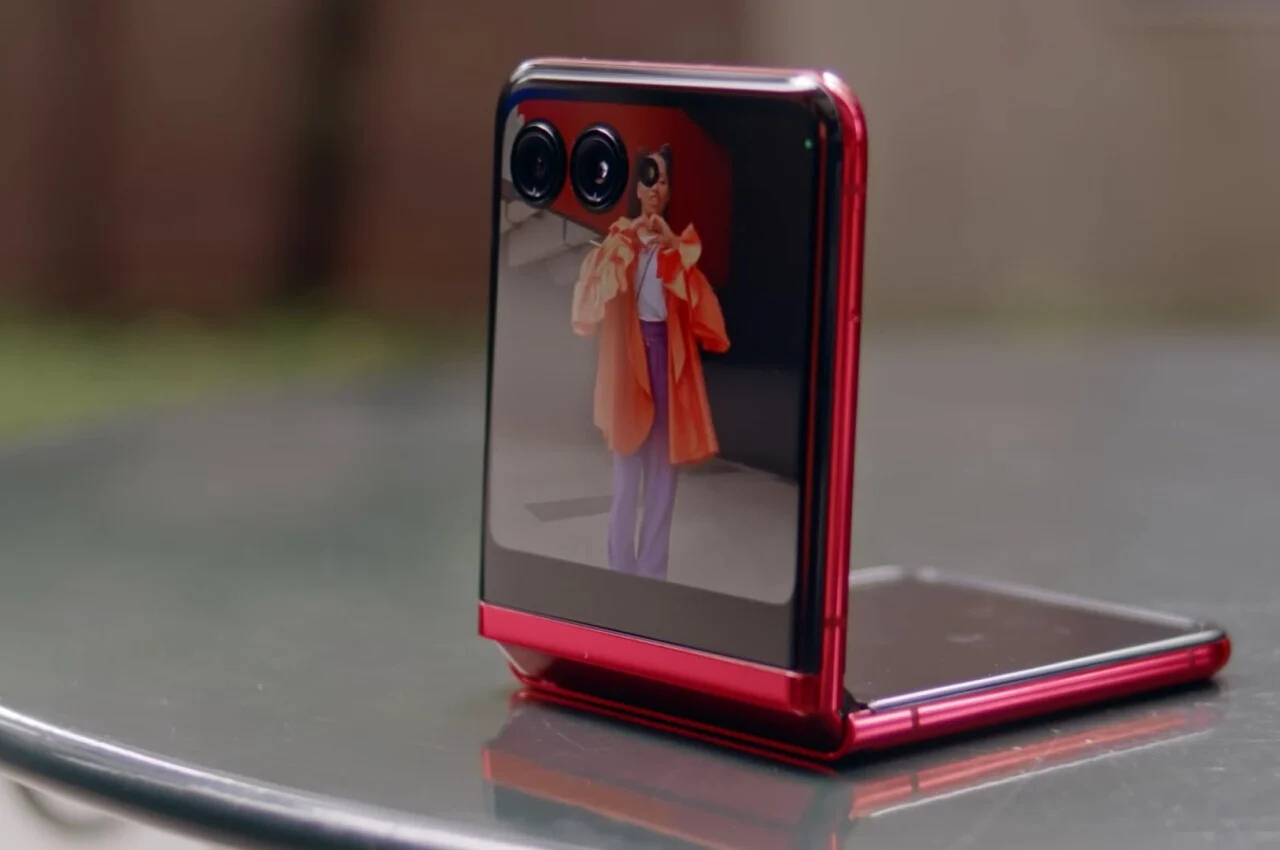
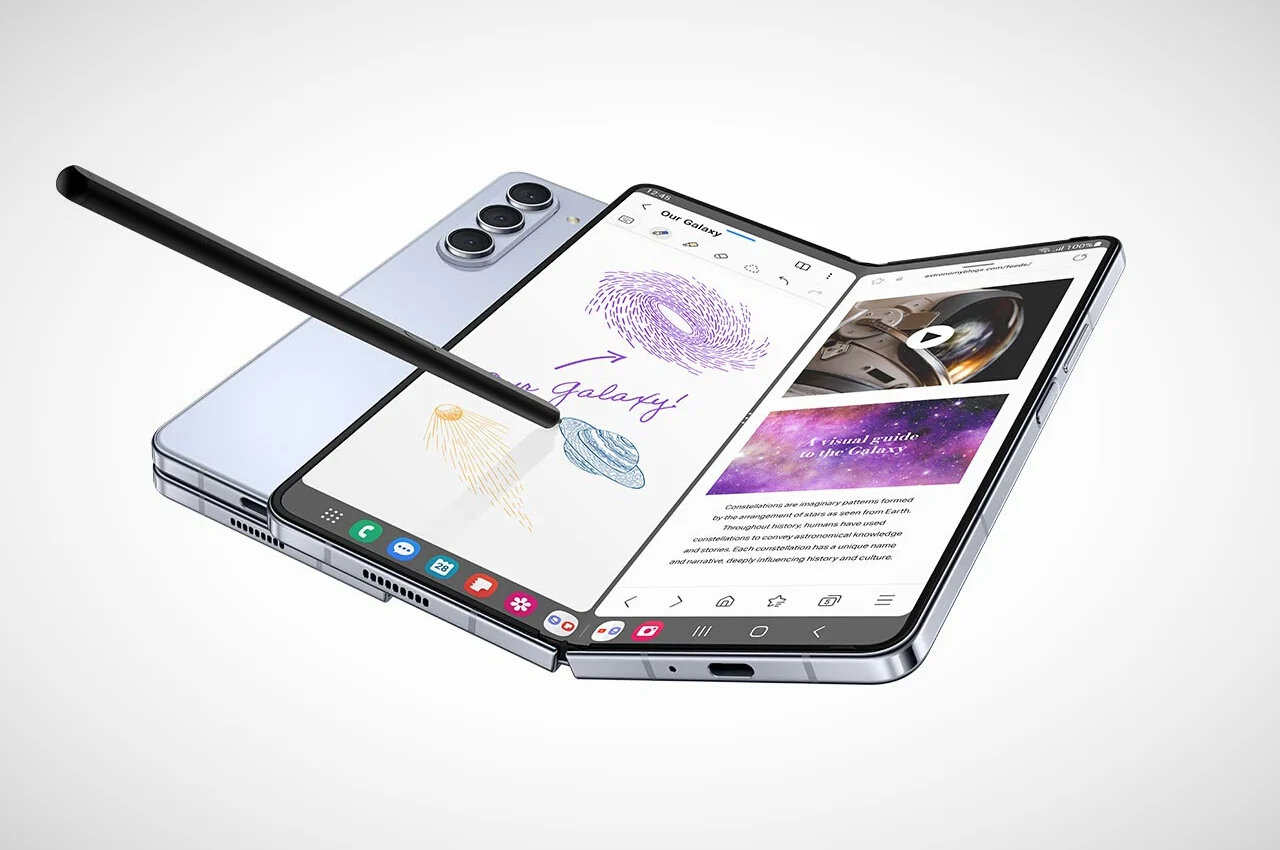
Folding and flipping smartphones are in an awkward spot right now. Yes, the former doubles as a tablet while the latter doubles as a nostalgic reminder of bygone days. The entire category is sort of gimmicky at the moment; both types of phones are underpowered and overpriced in their own respective ways, and there’s no single great folding or flipping smartphone to guide the bunch. There’s also not a ton of room for innovation within those niches at the moment. At least, not until one of them perfects the foldable or flippable phone formula in a cost-effective way. And for that reason, the brand-new OnePlus Open (which also, uh, doesn’t do that) is an unwieldy fit in the current marketplace.
Also, whether you go for a foldable or flippable phone, you’re buying something that’s twice as prone to breakage. I mean, it’s still a neat idea on paper. After all, I did write my own recommendations of the best foldable/flippable smartphones in 2023. My point is, even if they’re functional and nostalgic, folding phones are simply not all that innovative right now, and there are some broader kinks that need to get worked out before I’d call any folding or flipping phone a real game-changer.
Questionable quality control and diminishing returns on Apple’s newest phones
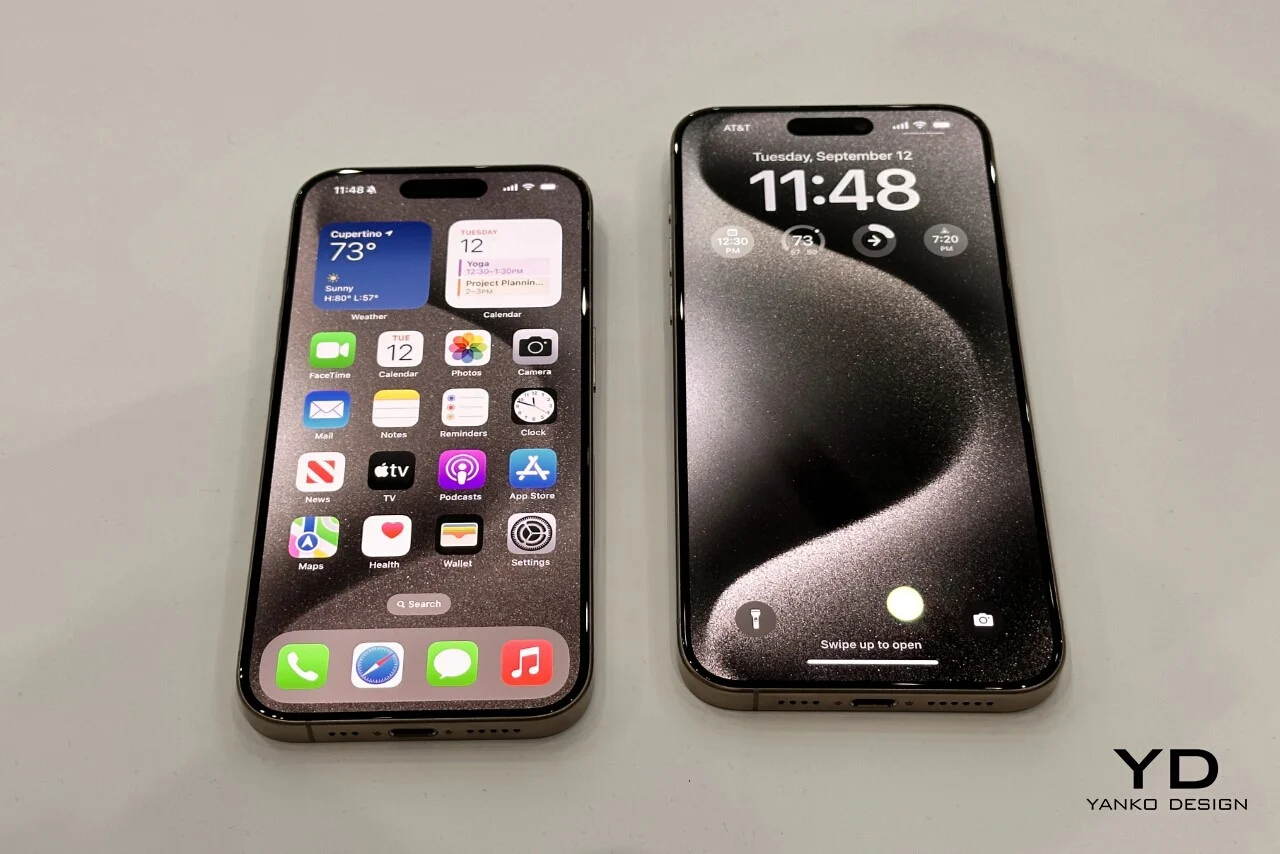
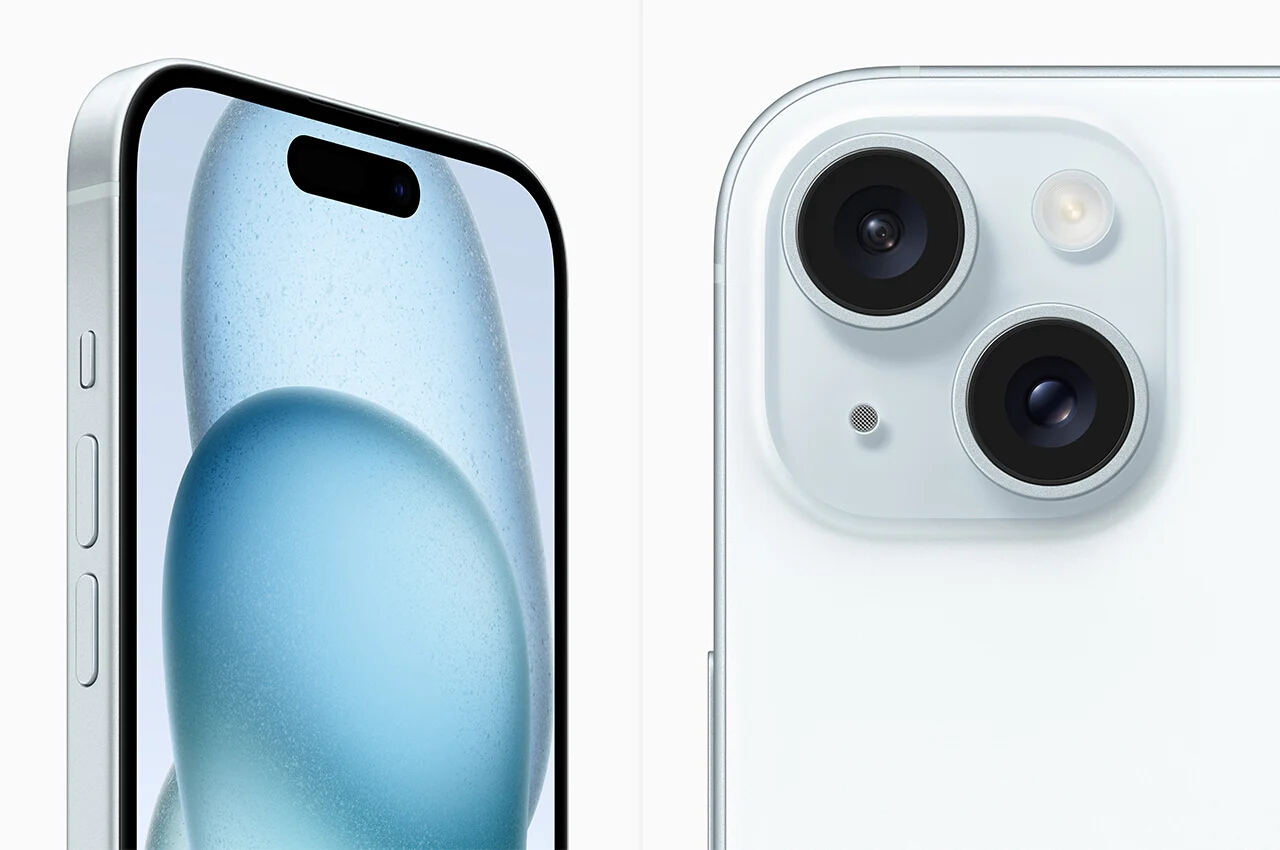
The iPhone 15 Pro is an iterative upgrade, and that’s why it’s not as exciting as some of its earlier counterparts. iPhone’s boldest hat trick this year was its titanium chassis and USB-C charging port, replacing the longstanding Lightning connector (for some). Even then, those upgrades only went into the most premium Pro and Pro Max models, and those came with QA issues like sporadic overheating and OLED burn-in, giving me the sense Apple failed on some level to comprehensively test either the iPhone 15 Pro/Max or iOS17 itself.
It wants to boast ray-tracing support, Always On mode, and fancy displays with 2000 nits of peak brightness, but aside from the latter’s usefulness outdoors, those things only work (reliably, for long periods of time) in certain circumstances — namely, when you’re at home and connected to a reliable power source. At that point, who cares about those features if other devices do similar things better, and if using them damages your expensive new phone?
Yes, the A17 chip paves the way for better performance overall, and there’s plenty of hype surrounding Apple’s M3 chip which uses the A17’s 3nm process. But that doesn’t equate to innovation. It’s just evolution. And if you already didn’t care about any of that, the iPhone 15 Pro is not about to change your mind.
AI features are overhyped across the board
![]()
![]()
The Google Pixel 8, which also released in October, is over-reliant on enhanced AI features to sell itself. Much of the hubbub around its Tensor G3 chip is quite literally about generative AI gimmicks, and, while convenient, those really don’t sell the Pixel 8. Consider this: generative AI is now everywhere and in everything, and it’s beginning to feel like, at worst, a distraction — and at best, a baseline feature that just sort of fades into the background once you forget it’s there. It’s not revolutionary anymore, it’s simply a part of life, for better or worse.
Honestly, by this point in 2023, developers integrating generative AI features into every piece of software and hardware imaginable is the technological equivalent of a government issuing a stimulus check that raises inflation for literally everyone after it’s been cashed out.
Yes, it was exciting and bewildering when it first appeared — yknow, before all the layoffs and resulting strikes in industries generative AI most immediately affected… before people collectively realized the tech just isn’t there yet anyway. Yes, there are other critical and non-threatening applications of generative AI, where the current tech is succeeding. Image upscaling, frame generation for games, and medical imaging immediately come to mind. But what if I don’t want my phone to be a testing lab for AI tech?
iPhone users aren’t exactly safe from such a future either. Apple is scrambling to stick generative AI features into iOS18 to compete with the Google Pixel, when it really doesn’t need to. And unfortunately, recent Samsung S24 leaks seem to indicate a growing trend of “AI as the innovation” in the next generation of Samsung phones as well. The prospect of an AI-powered Bixby chatbot isn’t exemplary of anything other than a lack of innovation; ultimately I’m left frustrated, tired, and most importantly — bored.
